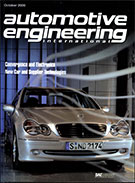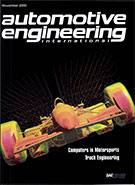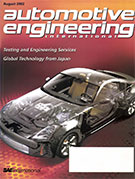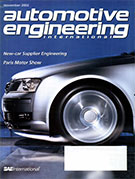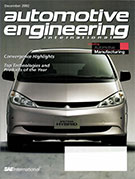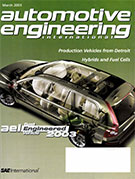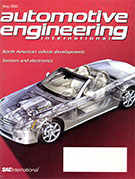Magazine

Aerospace Engineering 2005-07-01
2005-07-01
Designing high-bypass nacelle inlets Simulation significantly reduces the time required of engineers at Goodrich to evaluate inlet performance and preliminary designs. Virtually eliminating prototypes IBM PLM Solutions developed by Dassault Systemes have enabled Dassault Aviation to meet the challenges of the executive business jet market with a new virtual platform. DOD looking for faster fixes The U.S. military is in the midst of a mighty push at its bases and depots to shorten the time it takes to get aircraft, trucks, tanks, and other weapon systems out the gate after they arrive for repair. A vision of military and civilian aviation tomorrow SAE 100 Future look: At Dessault Aviation, we believe the quest to fly "higher, faster, and further" that moved moved aviation's pioneers will continue to blaze new trails in the 21st century.

